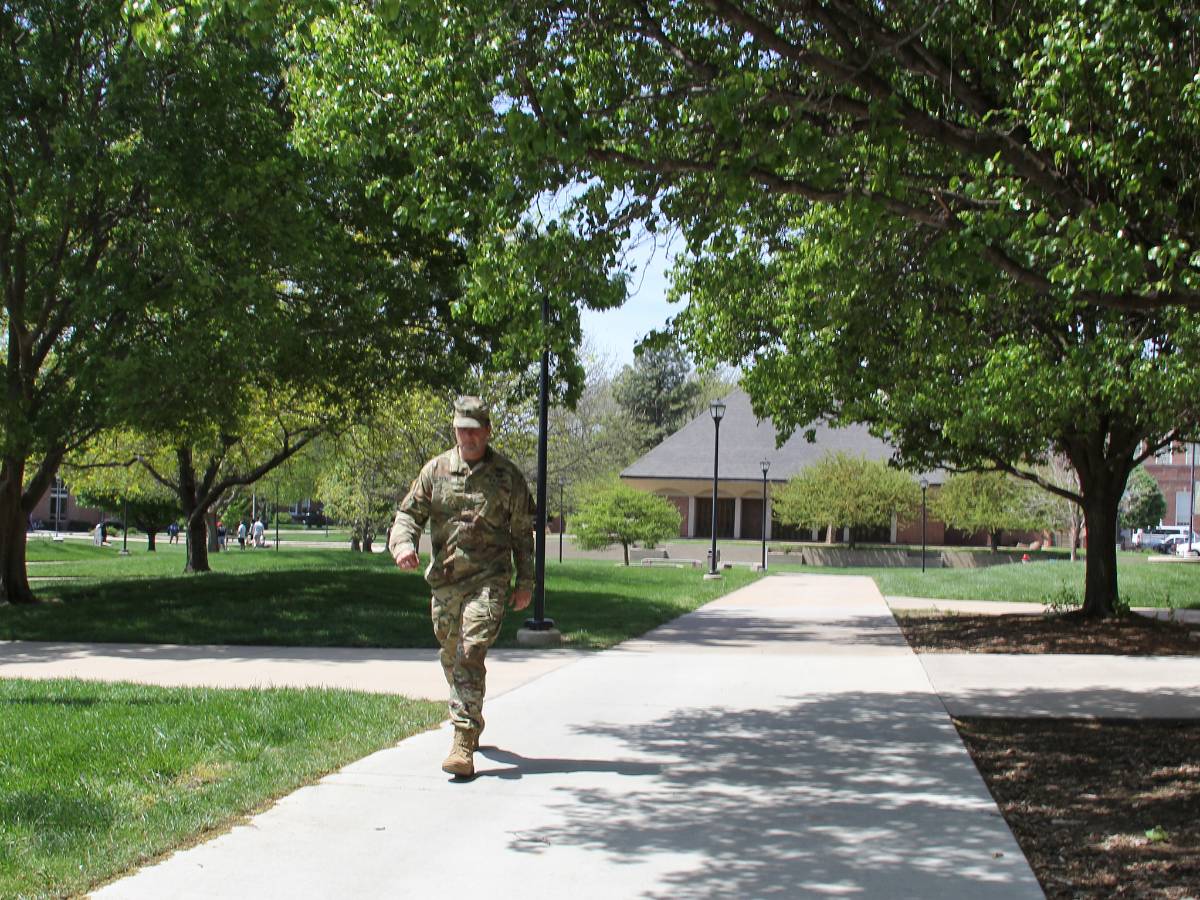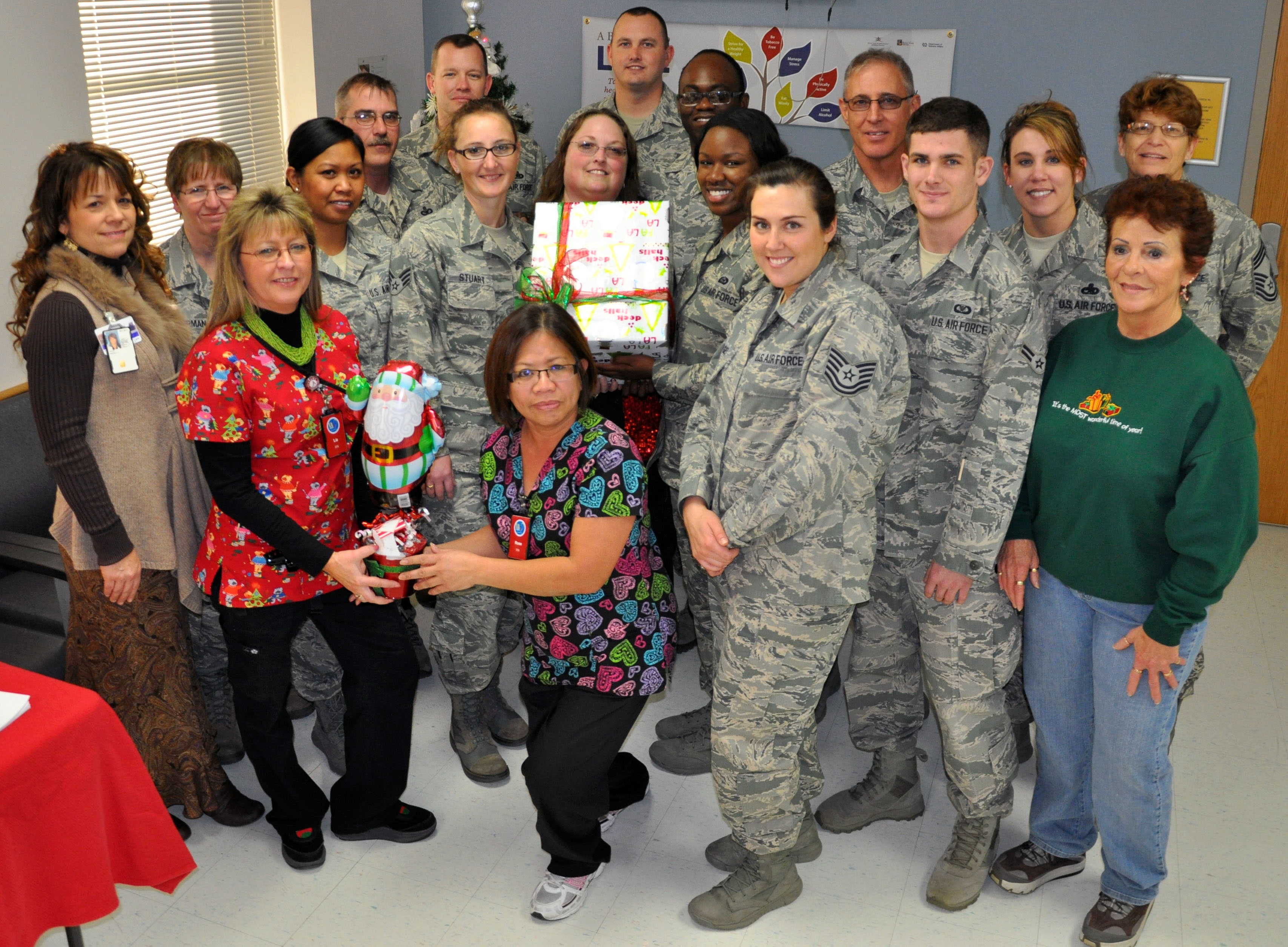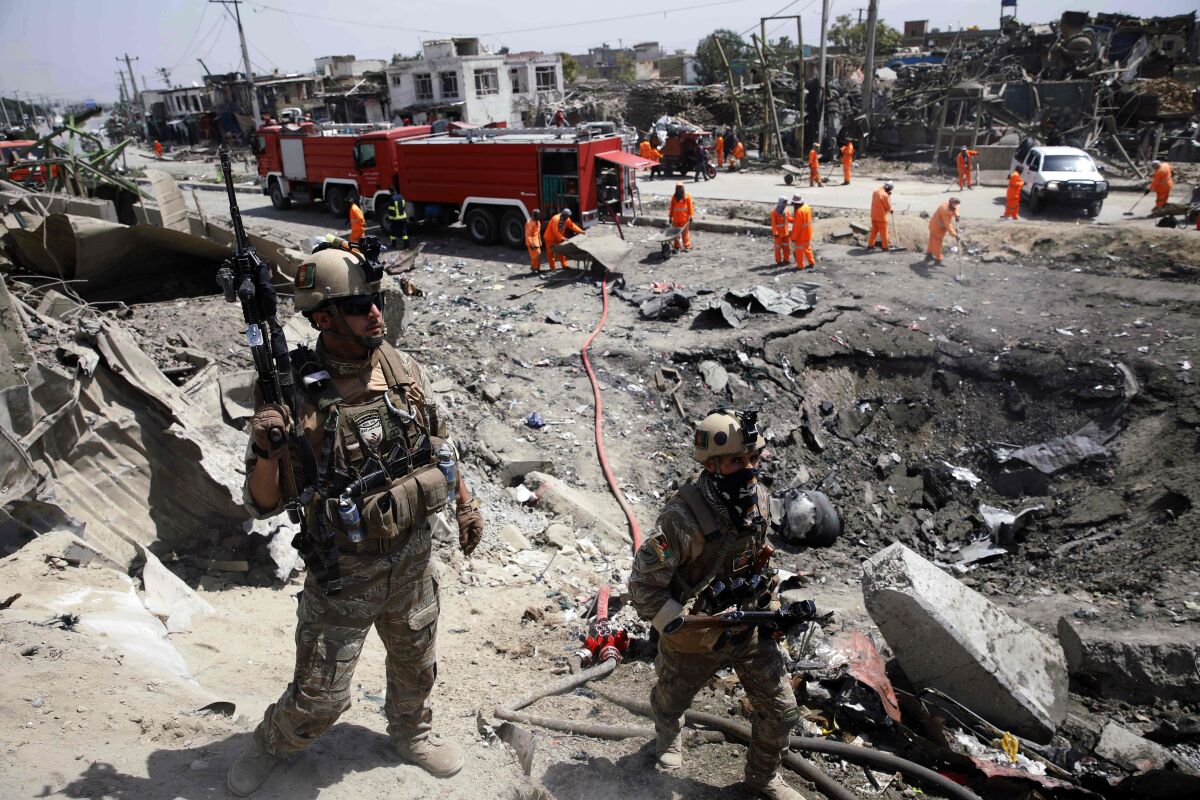Wichita Military Base - We provide links to third party websites that are independent of Freedom 1st FCU. These links are provided as a convenience only and we do not control the content of these sites. The privacy and security policies of external sites will differ from those of Freedom 1st FCU. Click "Continue" to continue or "Return to Site" to stay on the site.
The account or username is invalid. Please return to the login screen and try again.
Wichita Military Base
"Freedom 1st FCU is a profit-sharing cooperative financial institution committed to quality services that meet the financial needs of its members. The safety and stability of its members' assets is a major factor in developing and providing a variety of competitive services."
Florida Military Bases Prep For 130 Mph Winds As Hurricane Dorian Bears Down
Freedom 1st FCU is a financial cooperative committed to providing essential credit and deposit services to its designated members with unique features and consistently better interest rates than other services available. Freedom 1st FCU is a federal credit union originally established in 1957.
Freedom 1st FCU was chartered as McConnell AFB FCU on 4 April 1957. Renamed Freedom 1st FCU in 1988.
The credit union organization allows the McConnell AFB community members to pool their resources in one not-for-profit financial cooperative for higher returns on savings and lower interest rates on loans, as well as convenient cash deposits and deposits. Freedom 1st FCU is a member-owned/operated cooperative that has transitioned from providing only credit and savings services to a full-service financial institution.
On April 26, 1991, we experienced a devastating tornado that completely destroyed our building. It was Friday afternoon. Monday morning, right on time, we opened the doors. We didn't lose a single moment of service to our members and their accounts remained intact. A miracle? We think so. We also know that continuity of service is possible because of our dedicated professional staff and the credit union's people-first philosophy.
Wsu Collaboration Will Move Army Aviation Into The Future With Apache Modernization
We have been here a long time and expect to be here for a long time. We invite you and your family to join us and take advantage of Freedom 1st FCU as your primary financial institution. This document requires additional citations for verification. Please help improve this article by adding citations from reliable sources. Unsourced material may be challenged and removed. Find sources: "McConnell AFB" - News·Newspapers·Books·Academics·JSTOR (November 2021) (Learn how and why this post template was removed)
37°37′23″N 097°16′02″W / 37.62306°N 97.26722°W / 37.62306; -97.26722 Coordinates: 37°37′23″N 097°16′02″W / 37.62306°N 97.26722°W / 37.62306 -97.26722
McConnell Air Force Base (IATA: IAB, ICAO: KIAB, FAA LID: IAB) is a United States Air Force base located four miles (6 km) southeast of the Wichita central business district in Sedgwick County, Kansas, United States.
The Air Force base is named for brothers Fred and Thomas McConnell of Wichita, both Air Force pilots and World War II veterans. It is home to the Air Mobility Command's 22nd Air Refueling Wing (22 ARW), the Air Mobility Command's 931st Air Refueling Wing (931 ARW), and the Kansas Air National Guard's 184th Air Reconnaissance Wing (184 IW).
Airmen From The 363rd Training Squadron At Sheppard Air Force Base, Texas, Perform A Military Drill Demonstration During The Nighthawks Military Appreciation Football Game At The Kay Yeager Coliseum In Downtown Wichita
McConnell's primary mission is to provide global coverage through air refueling and airlift where and when needed.
For the first part of its existence, McConnell Air Force Base was known as the Wichita Municipal Airport. Although the site was originally developed only for the needs of a municipal civil airfield, it was associated with the Air Force almost from the beginning.
McConnell's story began in October 1924, when the city of Wichita hosted more than 100,000 people for the National Aviation Convention. EVT was used by city planners to finance the proposed Wichita Municipal Airport. The EVT was a success and the ground breaking ceremony for the airport took place on June 28, 1929.
In August 1941, the 127th Observation Squadron of the Kansas Air National Guard was deployed, becoming the first military unit sent to Wichita Airport. The unit's limited equipment consisted of one BC-1A, one C-47, and four L-1s. This was the beginning of a partnership between the people of Wichita and the Air Force.
Guardian Response 2017
On 6 October 1941, the unit was ordered to active duty and remained an integral part of the US Air Force until 6 October 1945, operating in Tennessee and Okinawa. At the time, the airport was located about 6 miles from the city of Wichita and covered about 1,337 acres. The runways are adequate; five runways each 150 feet wide; two at 7,500 feet, one at 7,100 feet, one at 6,000 feet, and one at 4,500 feet. They all have a 60,000 pound wheel load capacity. Parking area and sev taxi lanes are provided measuring 8373 x 931 feet.
However, there are few other facilities at the airport. The field boasts only one hangar and three small warehouses. There is no room for troops or chaos troops. There are no fuel storage facilities and all such deliveries are made under commercial contracts.
The federal government signs a lease with the city, and on March 1, 1942, the Midwest Materiel Command (Materiel Command) is established at the Wichita Army Proving Ground. After construction approval, the district headquarters will be located in the administrative building of the municipal airport. By the end of 1942, due to the growth and expansion of the organization, it actually occupied the Tire building, in addition to several offices occupied by CAA and airlines, while some activities in the area were located in the Boeing plant #1. . 1, in Wichita.

The mission of the Air Materiel Command at the airport is to receive, maintain and coordinate the transfer of new production Boeing B-29 Superfortress bombers to other facilities. In addition, a ferry division of the 4156th Air Force Base Unit (Air Force Base) of the Air Force Command was organized. The new base unit is assigned the task of servicing, dispatching and maintenance of transit and local aircraft. The staff are fatigued civilians with a few officers in supervisory roles.
How An Air Force Unit Looked Out For Their Own, Even After She Left The Service
On October 11, 1946, units of the 4156th Air Base were ordered to cease operations by the 30th of that month. Consequently, the remainder of October was spent closing down operations and transferring property to Tinker Army Airfield in Oklahoma.
On November 15, the field was officially transferred to the Sevth Service Command Regional Engineer in Omaha, Nebraska, who assumed jurisdiction of the field for deployment, and the 4156th AAF Base Unit was disbanded the same day. All military personnel transferred to Air Equipment District Headquarters, Oklahoma City (successor to Air Technical Services Command, Oklahoma City).
The Boeing B-47 Stratojet was the first production jet bomber for any Air Force and was the mainstay of the Strategic Air Command's medium bomber force throughout the 1950s. After World War II, the Boeing plant in Wichita closed. However, on September 3, 1948, the first B-47 production order was placed. Since Boeing's Seattle plant was already building the KC-97 Stratofreighter and B-50 Superfortress bomber, as well as converting aging B-29 bombers into aerial refuelers, the decision to build production Stratojet aircraft was made at Boeing's Wichita plant.
B-47A pilots in training at McConnell AFB, Wichita, 1955. The planes are built on Boeing runways.
Where To Go When Doomsday Comes: A Bunker For Millionaires
By the summer of 1950, Boeing was ready to produce the first production version of the B-47, and the US Air Force was trying to make Wichita Airport a permanent military base. Public hearings began on the construction of an Air Force base next to the Boeing facility in Wichita, and the city of Wichita received $9.4 million to build a new airport for its own use, later to be known as Wichita Dwight D. Eshaw National Airport. In addition, production of the Boeing B-47 Stratojet bomber makes the airfield an ideal location for Air Force B-47 fighter training.
On May 31, 1951, the U.S. Air Force took over Wichita Municipal Airport, and on June 4, the Air Training Command's 3520th Fighter Wing became operational at the facility. The 3520th Fighter Wing was deployed for training and an ambitious construction program totaling approximately $22,000,000 was initiated.
Despite the difficulty of creating a unit and simultaneously launching a new tiring project, the base turned into a highly specialized training center. The training center's mission consists of two main parts: aircrew training for the B-47 and transition training for the same aircraft. Emphasis subsequently shifted from one of these functions to another, reflecting the different needs of the SAC. In June 1952, the wing received a broader functional designation when it was redesignated the 3520th Flying Training Wing (M Bombs).

During this period, the Air Force was not the only occupier. 1952 year
Major U.s. Military Bases And Installations
Military ball caps navy, military hats and caps, bancroft military caps, caps military, military caps wholesale, wholesale military ball caps, mens military caps, wholesale caps, military veteran caps, custom military ball caps, military baseball caps wholesale, wholesale military


0 Comments